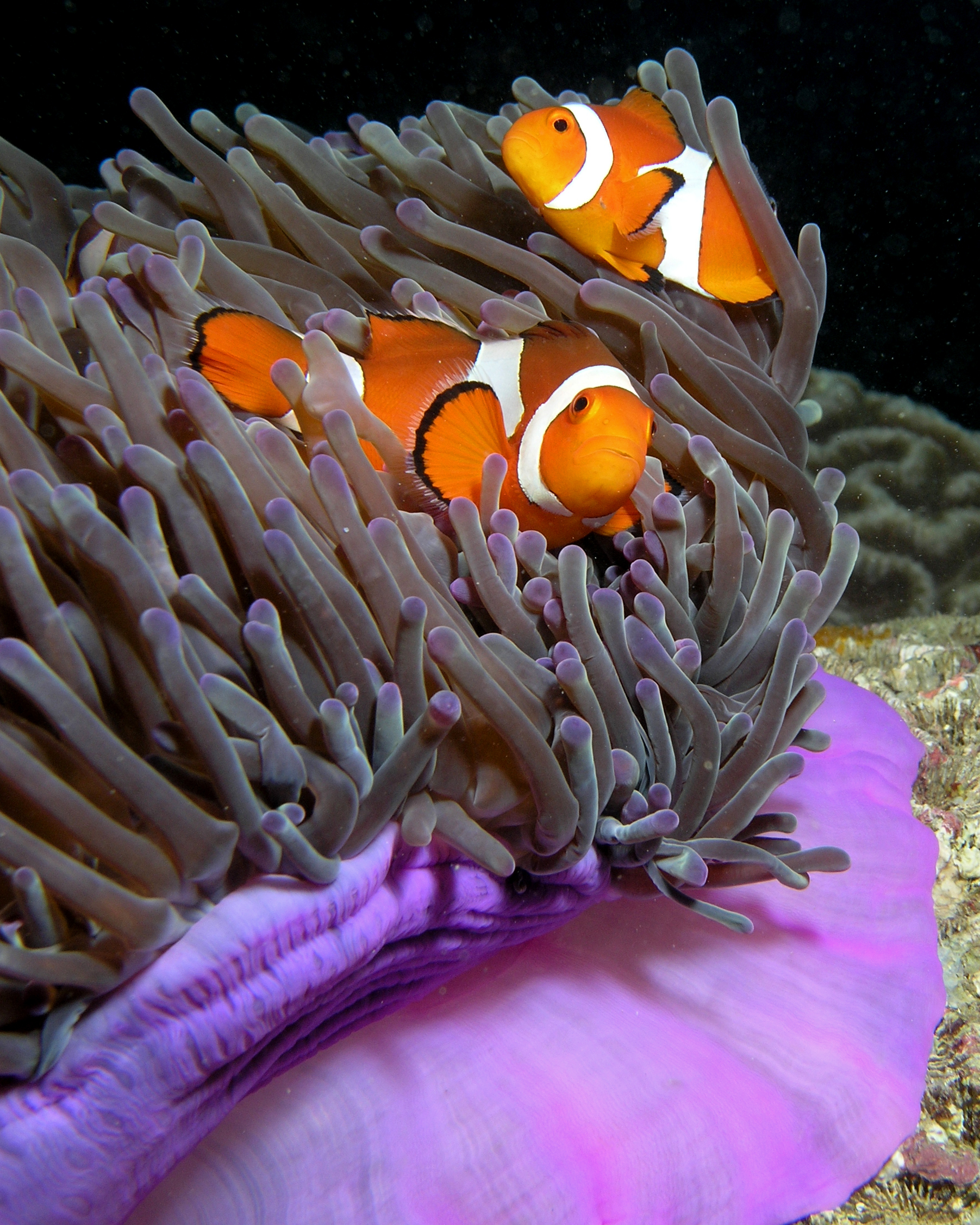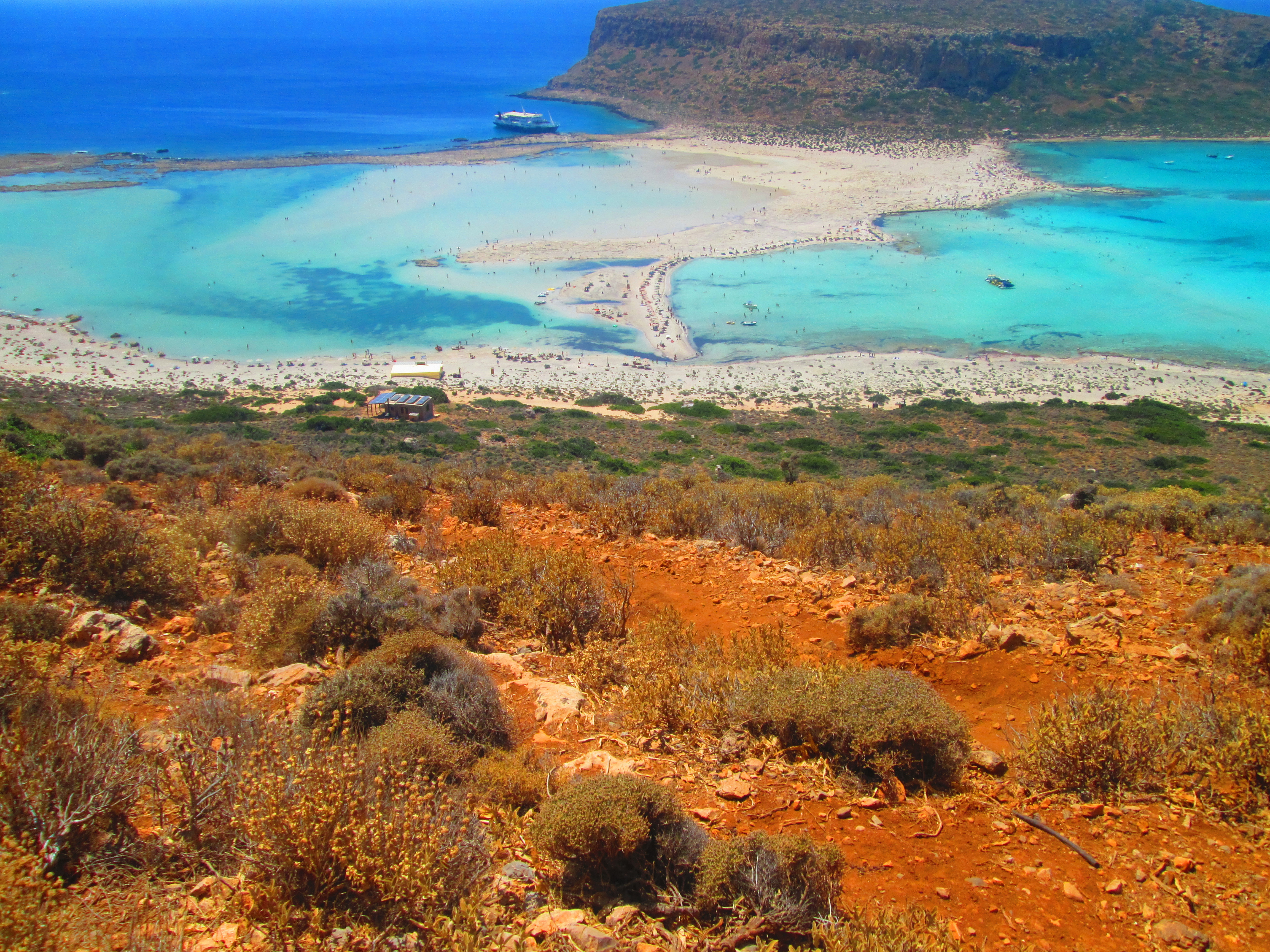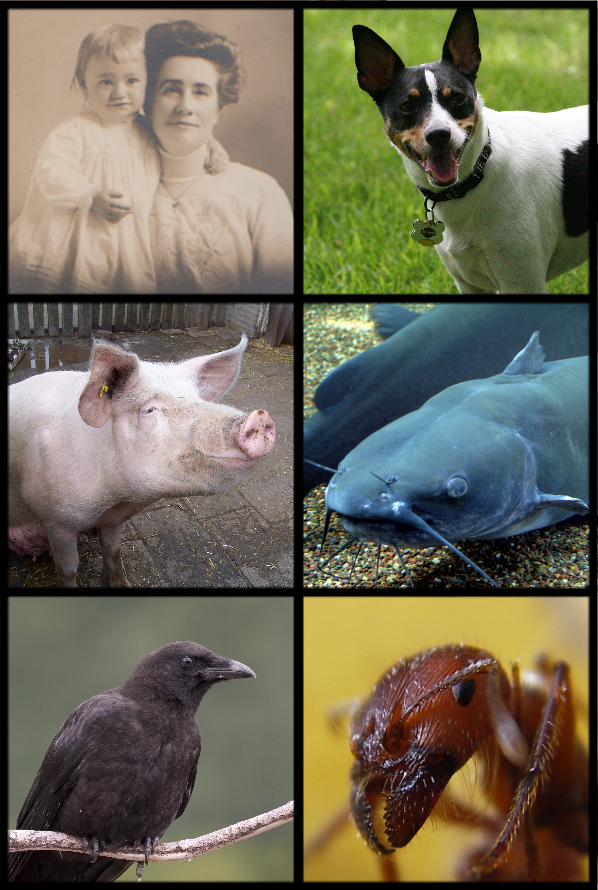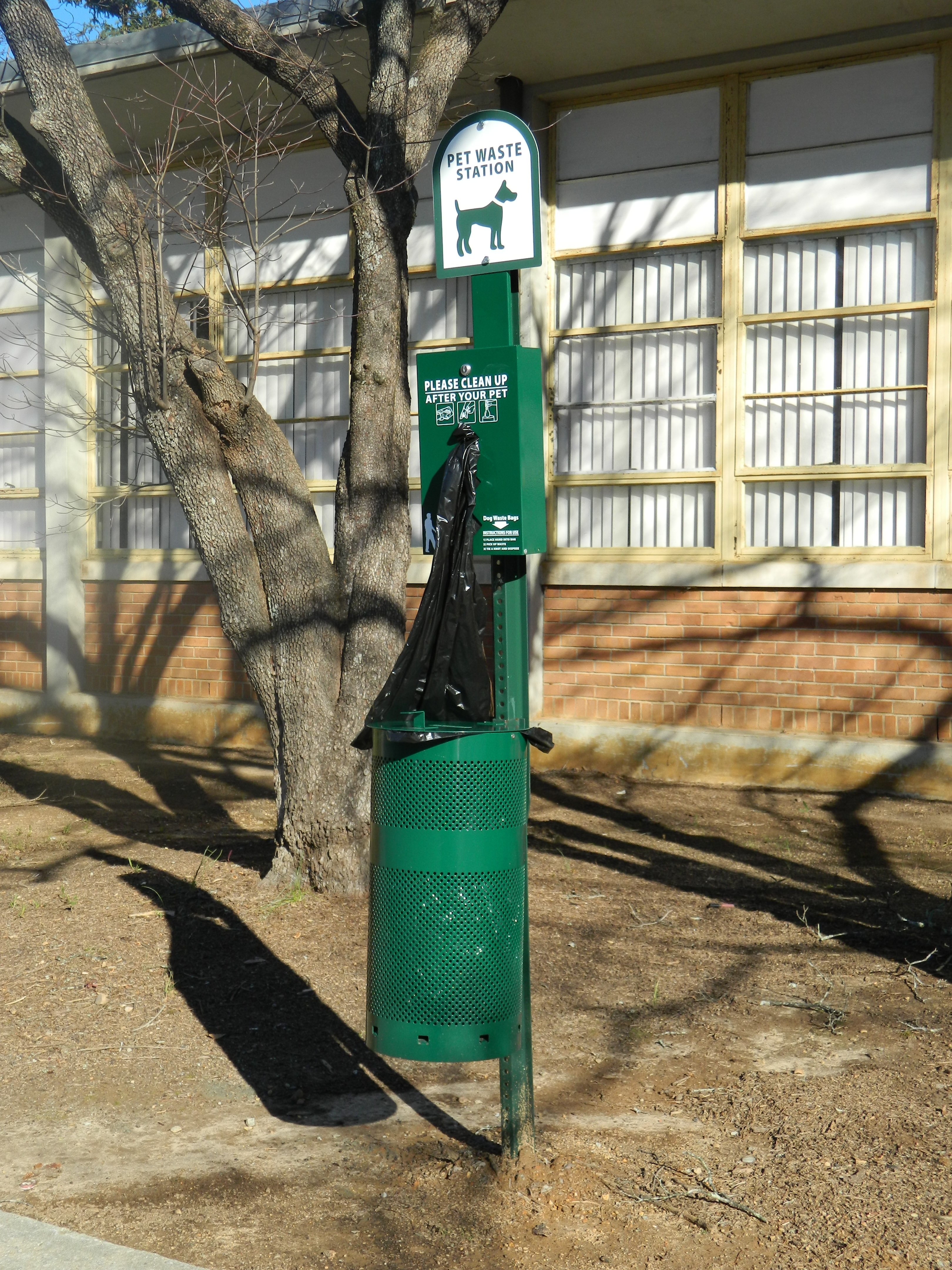|
Anemonefish
Clownfish or anemonefish are fishes from the subfamily Amphiprioninae in the family Pomacentridae. Thirty species of clownfish are recognized: one in the genus ''Premnas'', while the remaining are in the genus ''Amphiprion''. In the wild, they all form symbiotic mutualisms with sea anemones. Depending on the species, anemonefish are overall yellow, orange, or a reddish or blackish color, and many show white bars or patches. The largest can reach a length of , while the smallest barely achieve . Distribution and habitat Anemonefish are endemic to the warmer waters of the Indian Ocean, including the Red Sea, and Pacific Ocean, the Great Barrier Reef, Southeast Asia, Japan, and the Indo-Malaysian region. While most species have restricted distributions, others are widespread. Anemonefish typically live at the bottom of shallow seas in sheltered reefs or in shallow lagoons. No anemonefish are found in the Atlantic. Diet Anemonefish are omnivorous and can feed on undigested food ... [...More Info...] [...Related Items...] OR: [Wikipedia] [Google] [Baidu] |
Pink Skunk Clownfish
''Amphiprion perideraion'', also known as the pink skunk clownfish or the pink anemonefish, is a species of anemonefish that is widespread from northern Australia through the Malay Archipelago and Melanesia. Like all anemonefishes, it forms a symbiotic mutualism with sea anemones and is unaffected by the stinging tentacles of the host. It is a sequential hermaphrodite with a strict size-based dominance hierarchy; the female is largest, the breeding male is second largest, and the male nonbreeders get progressively smaller as the hierarchy descends. They exhibit protandry, meaning the breeding male changes to female if the sole breeding female dies, with the largest nonbreeder becoming the breeding male. Description The body of ''A. perideraion'' is pink to peach. It has the white stripe along the dorsal ridge that is common to all members of the skunk complex and a white head bar running vertically just behind the eye. While the largest species of anemonefish can reac ... [...More Info...] [...Related Items...] OR: [Wikipedia] [Google] [Baidu] |
Ocellaris Clownfish
The ocellaris clownfish (''Amphiprion ocellaris''), also known as the false percula clownfish or common clownfish, is a marine fish belonging to the family Pomacentridae, which includes clownfishes and damselfishes. ''Amphiprion ocellaris'' are found in different colors, depending on where they are located. For example, black ''Amphiprion ocellaris '' with white bands can be found near northern Australia, Southeast Asia, and Japan. Orange or red-brown ''Amphiprion ocellaris ''also exist with three similar white bands on the body and head. ''Amphiprion ocellaris ''can be distinguished from other ''Amphiprion'' species based on the number of pectoral rays and dorsal spines. ''Amphiprion ocellaris ''are known to grow about 110 mm long. Like many other fish species, females are, however, larger than males. The life cycle of ''Amphiprion ocellaris ''varies in whether they reside at the surface or bottom of the ocean. When they initially hatch, they reside near the surface. Howe ... [...More Info...] [...Related Items...] OR: [Wikipedia] [Google] [Baidu] |
Amphiprion Ocellaris (Clown Anemonefish) In Heteractis Magnifica (Sea Anemone)
The ocellaris clownfish (''Amphiprion ocellaris''), also known as the false percula clownfish or common clownfish, is a marine fish belonging to the family Pomacentridae, which includes clownfishes and damselfishes. ''Amphiprion ocellaris'' are found in different colors, depending on where they are located. For example, black ''Amphiprion ocellaris '' with white bands can be found near northern Australia, Southeast Asia, and Japan. Orange or red-brown ''Amphiprion ocellaris ''also exist with three similar white bands on the body and head. ''Amphiprion ocellaris ''can be distinguished from other ''Amphiprion'' species based on the number of pectoral rays and dorsal spines. ''Amphiprion ocellaris ''are known to grow about 110 mm long. Like many other fish species, females are, however, larger than males. The life cycle of ''Amphiprion ocellaris ''varies in whether they reside at the surface or bottom of the ocean. When they initially hatch, they reside near the surface. Howe ... [...More Info...] [...Related Items...] OR: [Wikipedia] [Google] [Baidu] |
Maroon Clownfish
''Premnas biaculeatus'', commonly known as spine-cheeked anemonefish or the maroon clownfish, is a species of anemonefish found in the Indo-Pacific from western Indonesia to Taiwan and the Great Barrier Reef.Lieske, E., and R. Myers. 1999. ''Coral Reef Fishes.'' They can grow up to be about . Like all anemonefishes it forms a symbiotic mutualism with sea anemones and is unaffected by the stinging tentacles of the host anemone. It is a sequential hermaphrodite with a strict size-based dominance hierarchy; the female is largest, the breeding male is second largest, and the male nonbreeders get progressively smaller as the hierarchy descends. They exhibit protandry, meaning the breeding male changes to female if the sole breeding female dies, with the largest nonbreeder becoming the breeding male. The fish's natural diet includes algae and zooplankton. Description The characteristic that defines this genus is the spine on the cheek. The colors of the body and bars vary accor ... [...More Info...] [...Related Items...] OR: [Wikipedia] [Google] [Baidu] |
Amphiprion
''Amphiprion'' is a genus of ray-finned fish which comprises all but one of the species of clownfish or anemonefish in the subfamily Amphiprioninae of the family Pomacentridae. Species The following species are classified in the genus ''Amphiprion'': * '' Amphiprion akallopisos'' Bleeker, 1853 (Skunk clownfish) * ''Amphiprion akindynos'' Allen, 1972 (Barrier reef anemonefish) * ''Amphiprion allardi'' Klausewitz, 1970 (Twobar anemonefish) * '' Amphiprion barberi'' Allen, Drew & Kaufman, 2008 * '' Amphiprion bicinctus'' Rüppell, 1830 (Twoband anemonefish) * '' Amphiprion chagosensis'' Allen, 1972 (Chagos anemonefish) * '' Amphiprion chrysogaster'' Cuvier, 1830 (Mauritian anemonefish) * ''Amphiprion chrysopterus'' Cuvier, 1830 (Orangefin anemonefish) * ''Amphiprion clarkii'' ( J. W. Bennett, 1830) (Yellowtail clownfish) * '' Amphiprion ephippium'' (Bloch, 1790) (Saddle anemonefish) * '' Amphiprion frenatus'' Brevoort, 1856 (Tomato clownfish) * '' Amphiprion fuscocaudatus'' A ... [...More Info...] [...Related Items...] OR: [Wikipedia] [Google] [Baidu] |
Reef
A reef is a ridge or shoal of rock, coral or similar relatively stable material, lying beneath the surface of a natural body of water. Many reefs result from natural, abiotic component, abiotic processes—deposition (geology), deposition of sand, wave erosion planing down rock outcrops, etc.—but there are also reefs such as the coral reefs of tropical waters formed by biotic component, biotic processes dominated by corals and coralline algae, and artificial reefs such as shipwrecks and other anthropogenic underwater structures may occur intentionally or as the result of an accident, and sometimes have a designed role in enhancing the physical complexity of featureless sand bottoms, to attract a more diverse assemblage of organisms. Reefs are often quite near to the surface, but not all definitions require this. Earth's largest coral reef system is the Great Barrier Reef in Australia, at a length of over . Biotic There is a variety of biotic reef types, including oyster ... [...More Info...] [...Related Items...] OR: [Wikipedia] [Google] [Baidu] |
Lagoon
A lagoon is a shallow body of water separated from a larger body of water by a narrow landform, such as reefs, barrier islands, barrier peninsulas, or isthmuses. Lagoons are commonly divided into '' coastal lagoons'' (or ''barrier lagoons'') and '' atoll lagoons''. They have also been identified as occurring on mixed-sand and gravel coastlines. There is an overlap between bodies of water classified as coastal lagoons and bodies of water classified as estuaries. Lagoons are common coastal features around many parts of the world. Definition and terminology Lagoons are shallow, often elongated bodies of water separated from a larger body of water by a shallow or exposed shoal, coral reef, or similar feature. Some authorities include fresh water bodies in the definition of "lagoon", while others explicitly restrict "lagoon" to bodies of water with some degree of salinity. The distinction between "lagoon" and "estuary" also varies between authorities. Richard A. Davis Jr. rest ... [...More Info...] [...Related Items...] OR: [Wikipedia] [Google] [Baidu] |
Omnivore
An omnivore () is an animal that has the ability to eat and survive on both plant and animal matter. Obtaining energy and nutrients from plant and animal matter, omnivores digest carbohydrates, protein, fat, and fiber, and metabolize the nutrients and energy of the sources absorbed. Often, they have the ability to incorporate food sources such as algae, fungi, and bacteria into their diet. Omnivores come from diverse backgrounds that often independently evolved sophisticated consumption capabilities. For instance, dogs evolved from primarily carnivorous organisms ( Carnivora) while pigs evolved from primarily herbivorous organisms ( Artiodactyla). Despite this, physical characteristics such as tooth morphology may be reliable indicators of diet in mammals, with such morphological adaptation having been observed in bears. The variety of different animals that are classified as omnivores can be placed into further sub-categories depending on their feeding behaviors. Frugivo ... [...More Info...] [...Related Items...] OR: [Wikipedia] [Google] [Baidu] |
Feces
Feces ( or faeces), known colloquially and in slang as poo and poop, are the solid or semi-solid remains of food that was not digested in the small intestine, and has been broken down by bacteria in the large intestine. Feces contain a relatively small amount of metabolic waste products such as bacterially altered bilirubin, and dead epithelial cells from the lining of the gut. Feces are discharged through the anus or cloaca during defecation. Feces can be used as fertilizer or soil conditioner in agriculture. They can also be burned as fuel or dried and used for construction. Some medicinal uses have been found. In the case of human feces, fecal transplants or fecal bacteriotherapy are in use. Urine and feces together are called excreta. Skatole is the principal compound responsible for the unpleasant smell of feces. Characteristics The distinctive odor of feces is due to skatole, and thiols (sulfur-containing compounds), as well as amines and carboxylic aci ... [...More Info...] [...Related Items...] OR: [Wikipedia] [Google] [Baidu] |
Copepods
Copepods (; meaning "oar-feet") are a group of small crustaceans found in nearly every freshwater and saltwater habitat. Some species are planktonic (inhabiting sea waters), some are benthic (living on the ocean floor), a number of species have parasitic phases, and some continental species may live in limnoterrestrial habitats and other wet terrestrial places, such as swamps, under leaf fall in wet forests, bogs, springs, ephemeral ponds, and puddles, damp moss, or water-filled recesses ( phytotelmata) of plants such as bromeliads and pitcher plants. Many live underground in marine and freshwater caves, sinkholes, or stream beds. Copepods are sometimes used as biodiversity indicators. As with other crustaceans, copepods have a larval form. For copepods, the egg hatches into a nauplius form, with a head and a tail but no true thorax or abdomen. The larva molts several times until it resembles the adult and then, after more molts, achieves adult development. The nauplius form i ... [...More Info...] [...Related Items...] OR: [Wikipedia] [Google] [Baidu] |

_Nemo.jpg)




